The great event of the pre-Revolutionary frontier was the 1774 Indian war known as Lord Dunmore’s War. Carman had been a soldier in that war in the division of the army personally commanded by Dunmore—the royal governor. Dunmore’s division had arrived too late at Point Pleasant to join in the victory there on October 10. Negotiations to formalize terms with the defeated Indians were just about to begin when Croghan’s men marched out of town a year later. They marched southeast along Braddock's old road toward Winchester, en route to the provincial capital at Williamsburg and an intended final destination at Suffolk. The unique story of Croghan’s company in 1776 has been told here already. After another missed rendezvous, they were reassigned to the 1st Virginia Regiment for the year. Carman died too soon to leave a narrative of his specific experiences in the war. None of his five messmates are known to have left a record either. (They were Michael Martin, Moses Martin, George Martin, Daniel Viers, and John McDonald.) It is likely that he crossed the Delaware with Washington on Christmas Day for the attack on Trenton. Though most were too ill after the Trenton adventure he may also have been at the battles of Assunpink Creek and Princeton in early January. United at last with the 8th Virginia in the spring, he was very likely at the Battles of Brandywine and Germantown. Muster rolls confirm he was present and healthy during this time. His Continental service concluded when his two-year enlistment expired near the end of the winter encampment at Valley Forge Meanwhile, back in Pittsburgh, the Indian peace broke down again and there was plenty to keep the militia (every fighting-age male) busy. An expedition across the Ohio under Col. Edward Hand failed about the time Carman was discharged. If Carman returned directly to Pittsburgh, he may have participated in one or both of the campaigns led by Gen. Lachlan McIntosh and Col. Daniel Brodhead in 1778 and 1779. Though Pittsburgh itself was on the frontier Colonel Brodhead reported in 1780, “The Emigrations from this new Country to the Settlements on Kentucke & the Falls [of the Ohio—later Louisville] are incredible….” Joseph Carman and his family were among the thousands of pioneers headed to Kentucky, though the date of their move could fall anywhere between 1778 and 1787.
They were ambushed there by a party of Indians—probably Shawnee—who fired on them. Van Cleve had a finger and part of the breech of his gun shot off. Though wounded, he and Robbins were able to escape. Carman was not so lucky. Van Cleve and Robbins raced to the settlements along the Bullskin Creek for help. Robbins then led a rescue party that set off after Carman and his captors. From the site of his capture they followed a trail of blood for about two hundred yards to the place where the Indians had been camping. There they found Carman’s body “dismembered and hung about on saplings. They gathered it up and took it back to Well’s Station, his home, for burial.” He may have been tortured, though the record doesn’t say and there may have been no way for his neighbors to know. Carman left behind a wife, Mary, and six children. Though little more than courage can be discerned from our sources about Joseph Carman’s character, the fact that one of his sons was named “Isaac Newton Carman” is intriguing. Carman's fate was not an unusual one at that time on the frontier. A final "peace" with the Shawnee would not be achieved until after William Henry Harrison's victory at Tippacanoe in 1811 and the collapse of Tecumseh's Confederacy following the Battle of the Thames in 1813. (Thanks to Duane Carter for sharing information about his ancestor.) More from The 8th Virginia Regiment
0 Comments
Leave a Reply. |
Gabriel Nevilleis researching the history of the Revolutionary War's 8th Virginia Regiment. Its ten companies formed near the frontier, from the Cumberland Gap to Pittsburgh. Categories
All
Archives
June 2024
© 2015-2022 Gabriel Neville
|
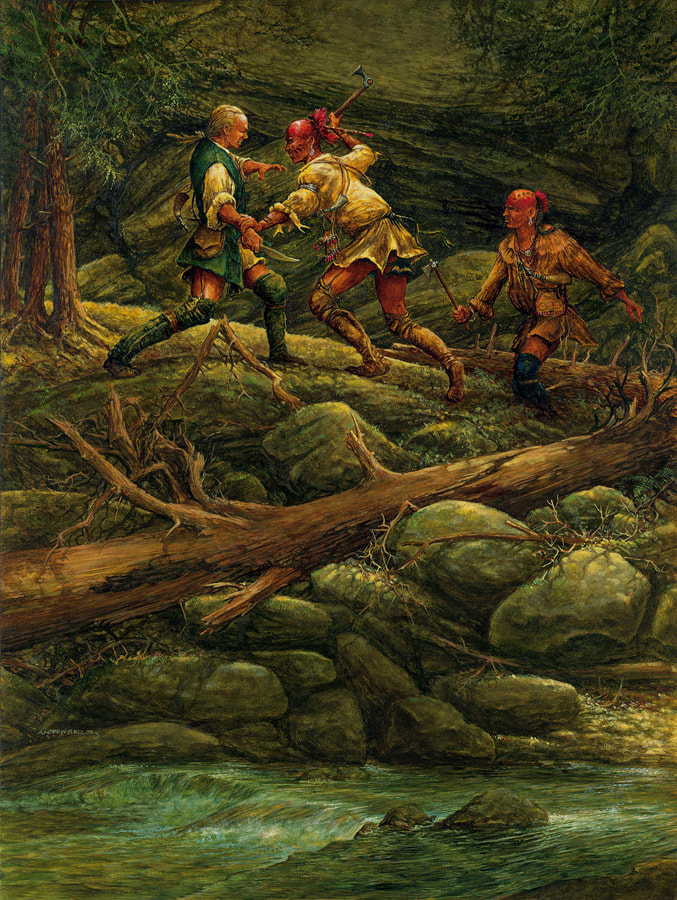
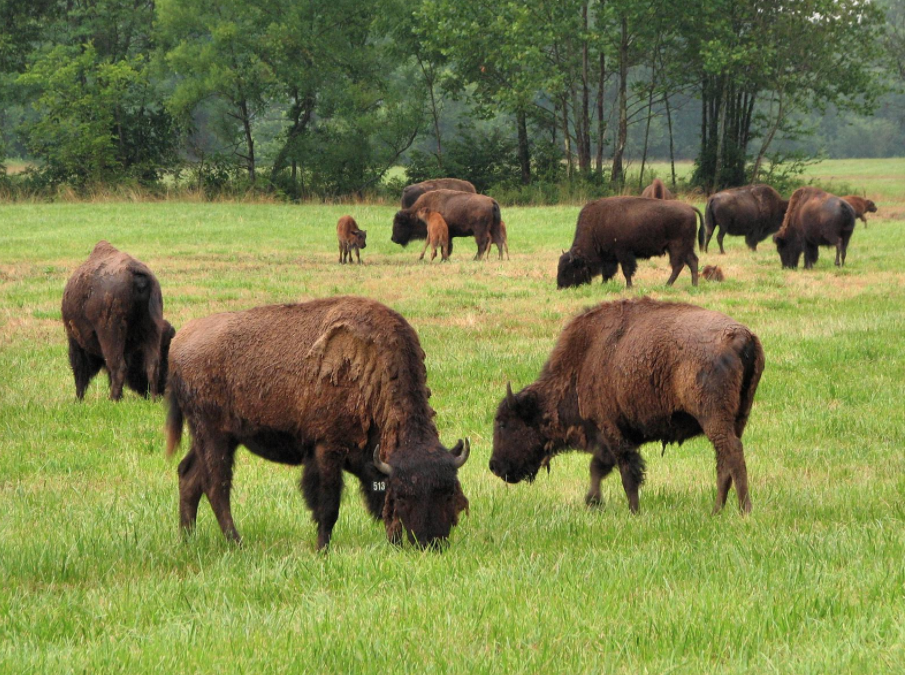

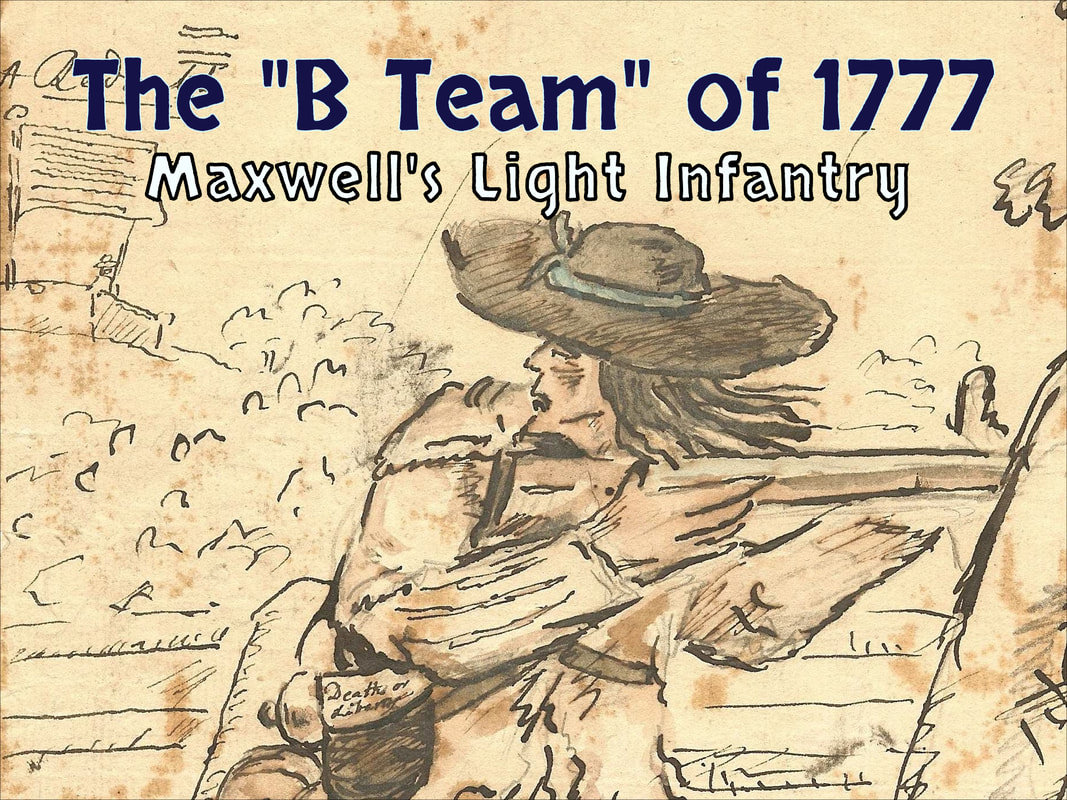
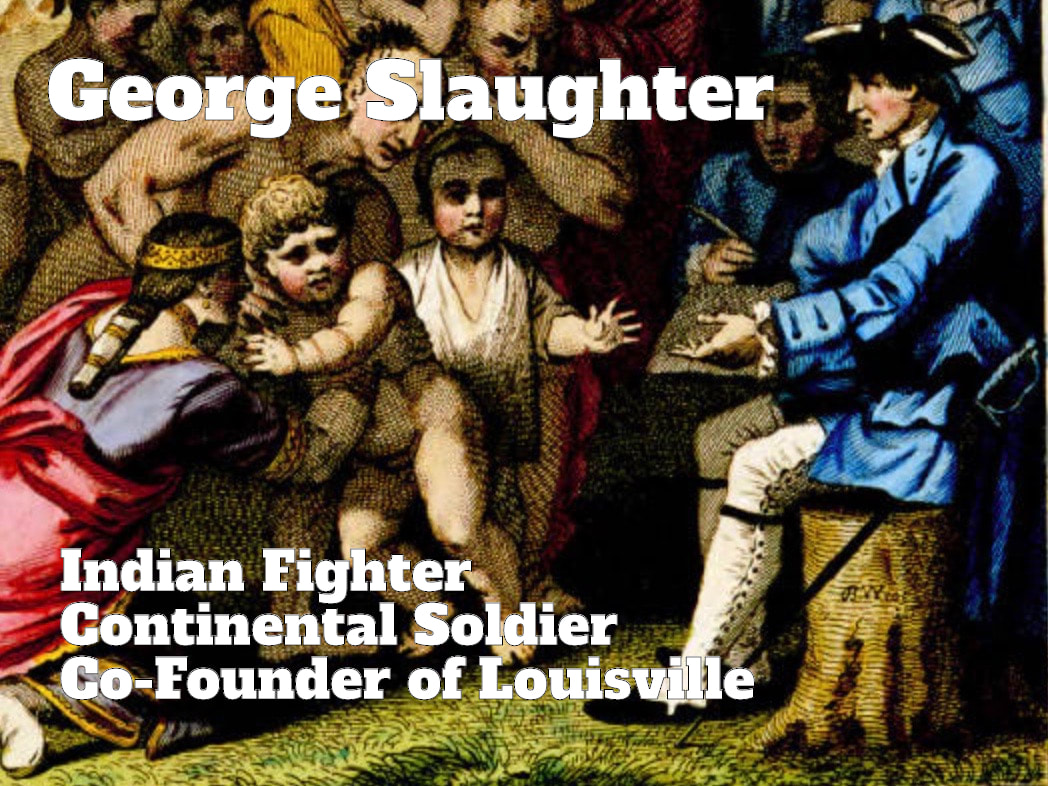
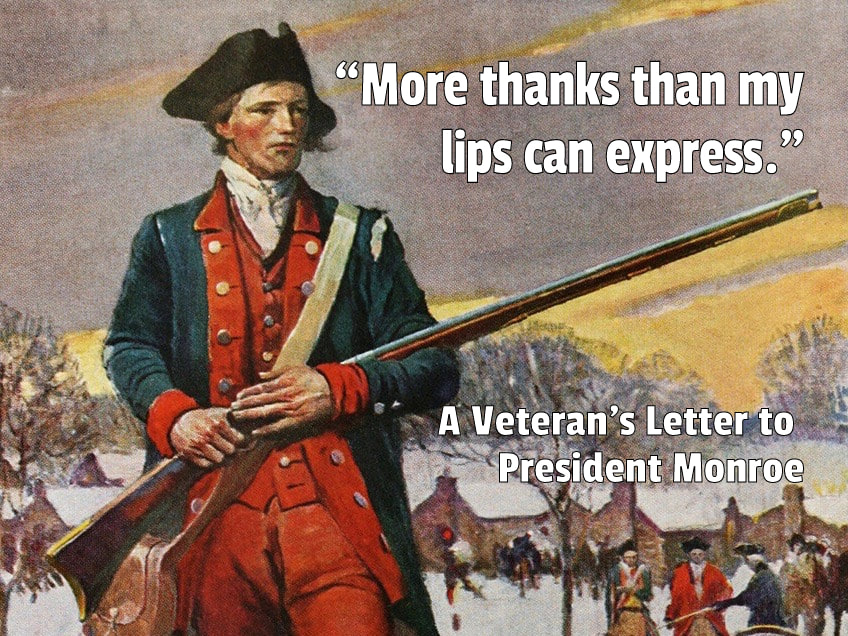
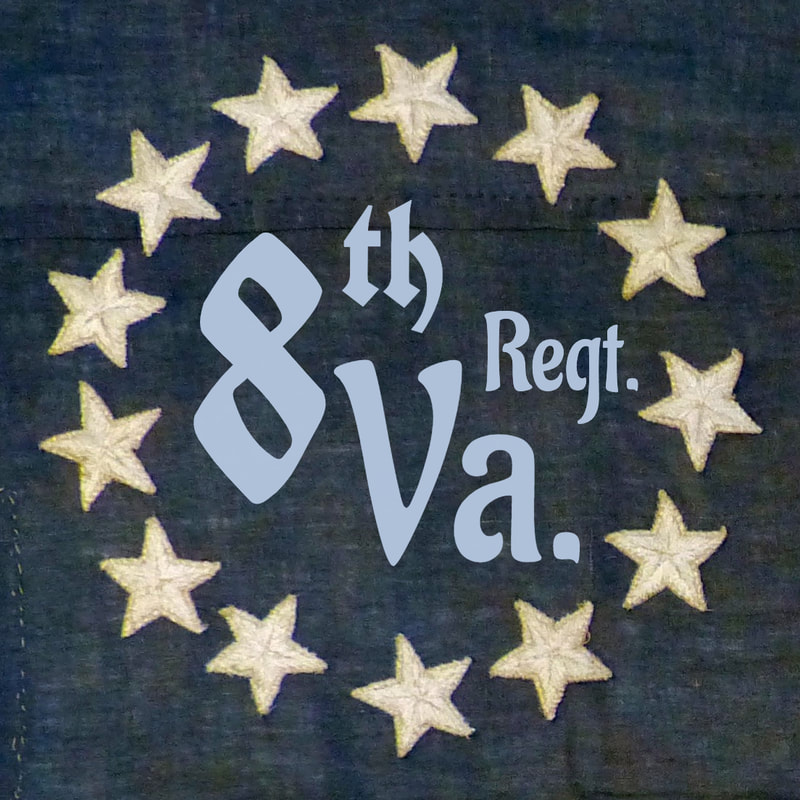
 RSS Feed
RSS Feed